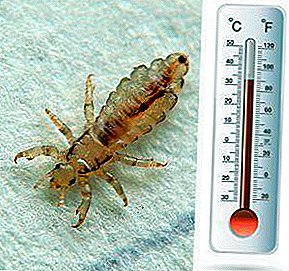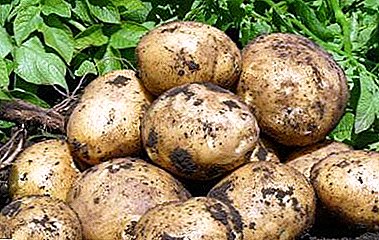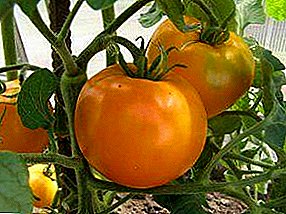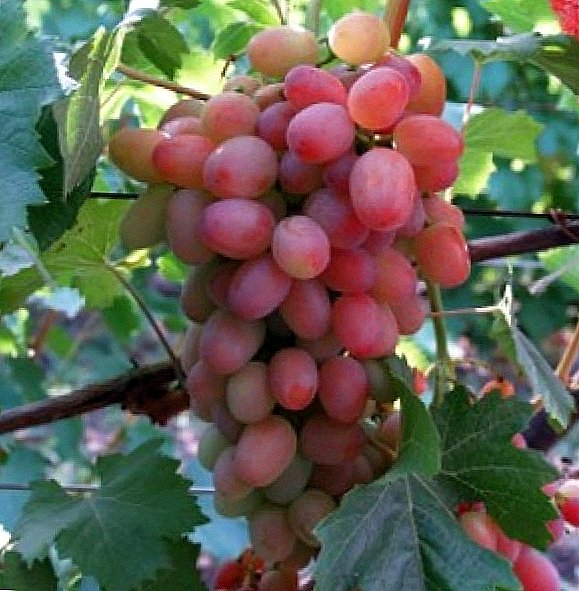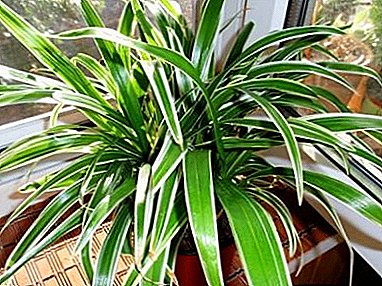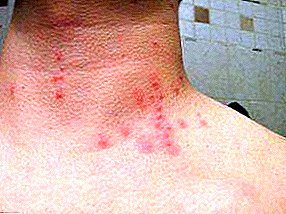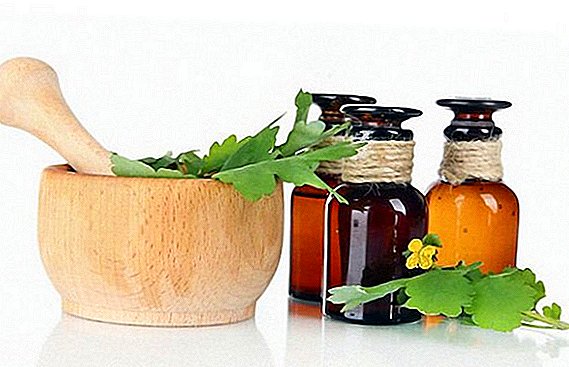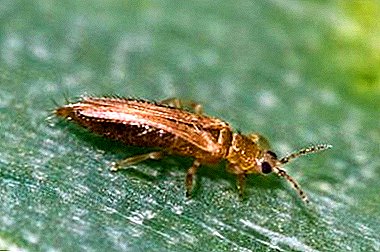
Each grower knows that in the care of indoor plants you need to pay attention not only to watering and fertilizing, but also in every possible way to protect flowers from pests.
One of the most common types of pests are thrips and therefore it is extremely important to begin to act at the first signs of its appearance.
Who are they?
Thrips are small and unusually voracious insects. More than two thousand species of this pest are known, and there are about 300 of them only in the territory of the former USSR.
Thrips are small oblong bugs of gray, drilling or black color. Depending on what type they belong to, their growth can be from 0.5 mm to 1.5 cm. Most often thrips are about 2 mm long. They have short, quick legs, each of which has a bubble-like growth at the very base. Because of this, they are often called bubbling.
They also have wings with several longitudinal ribs, along the edges of which there is a long hair fringe. During development, thrips overcome several stages, starting from the egg and ending with the imago. At that time, when thrips are larvae, they lack wings, and their color is beige or gray.
Species and their photos
Because of the small size of these insects, it becomes quite difficult to determine which species they belong to. Among thrips there are many different species that are extremely dangerous for various plants. Thrips dehydrate flowers, fruits and leaves, pollute plants with their secretionsand can also infect them with various diseases and viruses.
Ralenty
This species is one of the most common among thrips, also called "common". It occurs everywhere, even in the subantarctic. Has a brown or black-brown color. The adult individual in length reaches no more than 1 mm. It has yellow fore shins and darkened wings, on the basis of which there is a light transverse strip.
During the year, give no more than 2-3 generations. Females lay eggs in sepals and fodder stalks. It carries considerable harm to the berry crop, grass, fruit trees, legumes and cereals. It feeds not only inflorescences, but also emerging ovaries. In total, there are about 500 species of various plants that feed on this pest.

Western Californian Floral
This pest belongs to tropical species. It is distributed throughout the world, but most of all in North America. It is a tiny insect, no more than 2 mm in length. It has a predominantly light yellow or dark brown color.
His mouth apparatus is piercing-sucking type. The front wings of this insect have a pointed top. Also This pest is highly resistant to chemical plant protection products.
Western California flower thrips is considered one of the most dangerous pests for ornamental, floral and vegetable plants of closed ground.
It feeds on the juice of the cultivated crop, which leads to the curvature of fruits and shoots, deformation of flowers and delayed development of plants. Flower thrips also carry viral diseases..

Wheat
This type of pest is widely distributed in Russia. In addition, it also covers the territories of North America, Africa and Western Europe. Wheat thrips is a small, elongated insect from 1.5 to 2.3 mm.
The oral apparatus, which is piercing-sucking type, is directed backwards along the body. The wings have an elongated shape, with a long fringe of cilia along the edges and narrowed in the middle. Cilia are also present on the posterior margin of the forewings. The color of this insect varies from black and drilling to black. The front legs and fore tibia of wheat thrips are colored yellow.
This species mainly damages the following plants:
- spring wheat;
- barley;
- oats;
- corn;
- buckwheat;
- wild cereals;
- cotton;
- tobacco;
- wild herbaceous plants.
When eaten, it damages flower films, corn scales and awns. It also sucks the juice, which causes the plants to be smooth and white-boned.

Tobacco
Tobacco trips are most common in Australia, America, Asia and Africa. It has an elongated oval-shaped body, which consists of separate sections of the abdomen, chest and head.
This species is rather small, unlike the others. Its maximum length is 1.5 mm. The forelegs and wings are yellowish in color. From other types of thrips it differs by the presence of lateral setae on each side of tergite of the second segment.
Mostly tobacco trips damage shoots, buds and leaves of plants from the following families:
- umbrella;
- solanaceous;
- Rosaceae;
- buttercups;
- liliaceae.
But most often it harms tobacco by sucking the fluid from the cells of the epithelial tissue. In case of severe damage, the leaves of the plants are covered with yellow-white specks with black dots, after which they turn brown and dry.

Onion
It is a common vegetable pest. It is found throughout the world. The adult individual of this insect reaches in length from 0.8 to 0.9 mm. Onion thrips have an oblong narrow body, which is painted in a dark brown or light yellow color.
The wings of this insect are framed by a fringe. Damages the following crops:
- bow;
- cucumbers;
- garlic;
- melons;
- floral.
Mostly damage is caused by females and larvae. They feed on the cell sap of the leaves, which causes the appearance of bright necrotic spots, which eventually turn brown. As a result of the damage caused, the plants slow down in growth and the yield decreases.

Rose
Rosan thrips are fairly widespread in the former USSR. It has an elongated oval body, which grows no more than 1 mm in length. Outwardly, it is not much different from raznoyadny thrips, with the exception of the characteristic brown color.
This species feeds on leaves and flowers, which belong to the Rosaceae family. Sucking the sap from the plants, it causes the appearance of brown spots on the leaves, after which they dry out. They settle inside the buds and therefore they are very difficult to detect.

Dratsenovy
This type of insect is most commonly found in North America and Western Europe, but is also widely distributed in Russia. Dratsenovy thrips has a small body, oblong. In appearance, it is similar to rosy and raznoyadny thrips. Its characteristic difference is the yellow-brown color.
Dracene thrips are extremely dangerous for many indoor plants, but more often it damages the following:
- hibiscus;
- dracaena;
- ficus
It is quite difficult to detect and is mainly distributed in enclosed spaces, especially in the northern regions.

Decorative
This is the most dangerous pest of closed ground. Most common in the northern regions and the middle zone of Europe and Asia. He, like other representatives of thrips, has an elongated body ranging in size from 1.5 to 2 mm.
It can be distinguished from other species by a bright dark brown color. Also, its hallmark is dark wings, at the base and on the tips of which you can see bright spots. Decorative thrips are a threat to many indoor plants.
The following are particularly affected by it:
- orchid (how to deal with thrips on the orchid, read here);
- Money Tree;
- palm trees.
Most often they live in flower buds. If the plant does not have flowers, then they stick to the lower leaflets.

- Methods of dealing with thrips on houseplants.
- Where does thrips on indoor plants come from and how to deal with it?
Conclusion
Thrips can cause serious irreparable harm to plants. That is why for each grower it is extremely important to be able to identify and distinguish their types. This knowledge will further be able to help overcome these insects and save the plants.


